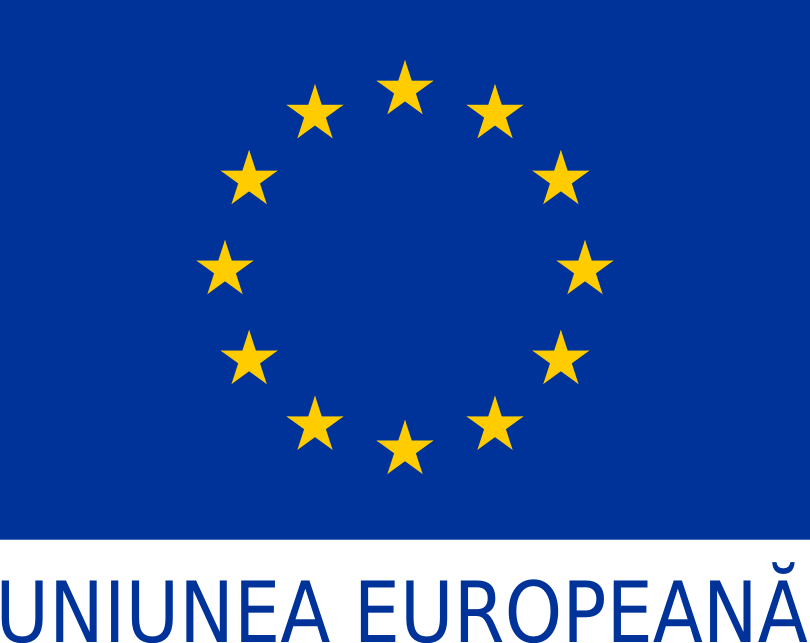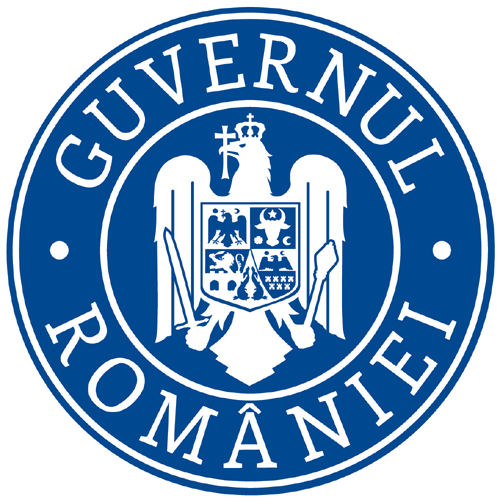CADRUL EUROPEAN DE EVALUARE A INSTRUMENTELOR STRUCTURALE - extins
 According to Regulation (EU) No 1303/2013 of the European Parliament and of the Council of 17 December 20131, EU Member States are required to assess the effectiveness, efficiency and the impact of assistance provided through the ESI Funds, in order to improve the quality of the preparation and implementation of programmes and to determine the impact of programmes in relation to the targets of the Union strategy for smart, sustainable and inclusive growth (Europe 2020).
According to Regulation (EU) No 1303/2013 of the European Parliament and of the Council of 17 December 20131, EU Member States are required to assess the effectiveness, efficiency and the impact of assistance provided through the ESI Funds, in order to improve the quality of the preparation and implementation of programmes and to determine the impact of programmes in relation to the targets of the Union strategy for smart, sustainable and inclusive growth (Europe 2020).
The provisions of the Regulation relating to the evaluation process are interpreted and detailed by the European Commission in the framework documents for the 2014-2020 funding period. In this respect, the most important documents include:
- EVALSED Evaluation Guide,
- Guidance document on evaluation plans (plans which were necessarily introduced in the 2014-2020 programming period),
- The guide on the design and performance of ex-ante evaluation,
- Guide on the revision of the performance framework,
- Guide for evaluating innovation,
- Guidance on the development of the terms of reference for the impact assessment, and
- Best practice guide for the selection and use of result indicators
It should be noted that for the 2014-2020 programming period, the European Commission is proposing a more result-oriented approach in relation to the EU funding.
According to Art. 19 (6) of Regulation (EU) No 1304/2013 of the European Parliament and of the Council of 17 December 2013, at least twice during the programming period, an evaluation shall assess the effectiveness, efficiency and impact of joint support from the ESF and the specific allocation for YEI including for the implementation of the Youth Guarantee.
The provisions of the Regulation relating to the evaluation process are interpreted and detailed by the European Commission in the following documents framework:
• The guidance document on Monitoring and Evaluation of European Cohesion Policy and European Social Fund. The guidelines focus on major changes in the understanding and organisation of monitoring and evaluation.
• Evaluation Guide for the Youth Employment Initiative (YEI)
According to Regulation (EU) No 1299/2013 of the European Parliament and of the Council of 17 December 2013, the Managing Authority should ensure that evaluations of cooperation programmes are carried out on the basis of the evaluation plan and include evaluations to assess the effectiveness, efficiency and impact of those programmes. At least once during the programming period, an evaluation should assess how the support provided has contributed to the achievement of objectives of the programme. Such evaluations should include information about any proposed adjustments during the programming period.
In this regard, the provisions of the regulation relating to the evaluation process interpreted and detalitate European Commission’s framework documents for the 2014-2020 financing period, also applies here.
As regards the Common Agricultural Policy (CAP) 2014-2020 for the first time the monitoring and evaluation framework covers the whole CAP (both pillars). The framework was amended to promote simplification and coherence while still maintaining an in-depth coverage of policy interventions. The monitoring and evaluation framework for the CAP 2014-2020 is established by Regulation (EU) No 1306/2013, which establishes a common monitoring and evaluation framework with a view to measuring the performance of the CAP. It covers all instruments related to the monitoring and evaluation of CAP measures, in particular the direct payments, the market measures and rural development measures.
In general, the provisions of that regulation must be considered together with the Common Provisions Regulation No 1303/2013, defining common elements for monitoring and evaluation for the European Structural and Investment Funds (ESIF). Thus, the provisions complement each other.
Thus, in order to ensure good evaluation practices, the Directorate General for Agriculture and Rural Development has published a set of guidelines for the Member States, in accordance with the evaluation standards of the European Commission. In this regard, guide on ex-ante evaluation 2014-2020, the guide on setting and implementing the evaluation plan for the Rural Development Programme 2014-2020, the common evaluation questions for Rural Development Programmes 2014-2020, Guidance on the evaluation of rural development programmes.
THE IMPORTANCE OF ASSESSING PROGRESS IN THE ACHIEVEMENT OF THE INDICATORS OF THE PERFORMANCE FRAMEWORK
Compared to the previous budget cycles in the current programming period (2014-2020), EU Cohesion Policy was adjusted for investments from EU funds to accommodate a maximum impact. Key elements of the new cohesion policy are:
I. Focusing investments in key growth sectors reflected by the 11 thematic objectives, taking into consideration that a concentration of resources can lead to a higher impact.
II. Focusing on achieving results, thus attaining the specific objectives set in opposition to the inputs (inputs or outputs recorded (output-uri).
III. Ownership/accountability for the effectiveness/impact achieved.
IV. It was required from the Member States for all operational programmes to set clear objectives and targets, transparent and measurable. They should clearly show how they will measure progress towards those objectives, and should allow regular monitoring and debate on how financial resources are used. Depending on progress in reaching these targets, with good results (through a so called “performance reserve”) could provide additional funds towards the end of the period.
In the context of focusing on results in contrast focusing on resources consumed (input) or outputs, the new intervention logic was defined and the concept of evaluation was revised at policy level and automatically at programme. In the previous programming period, evaluations have tended to focus more on implementation and less on capturing the impact. For the 2014-2020 period, the regulation calls for the Managing Authorities to carry out evaluations to analyse the effects of programmes funded with ESIF. This is a key element of cohesion policy towards results and is reflected in Art. 56 (3) of the Framework Regulation.




